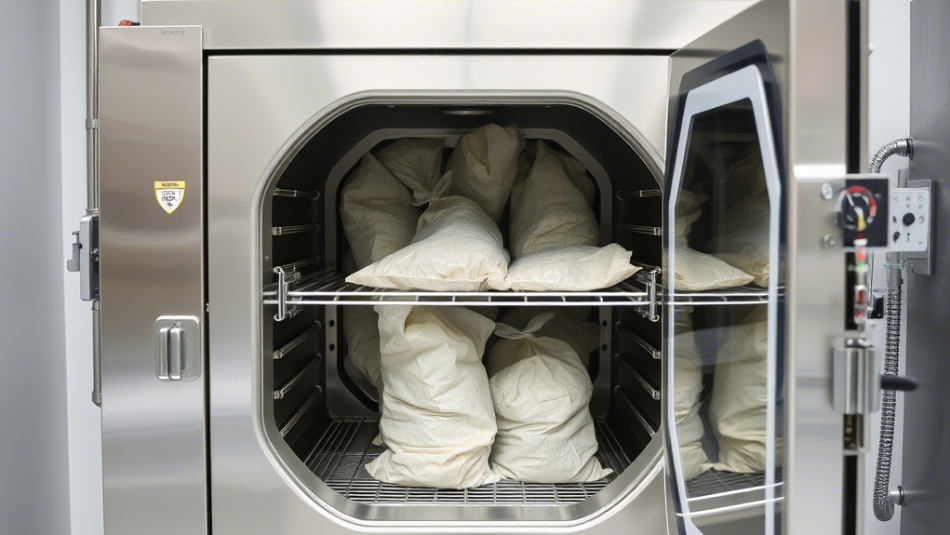In the world of mushroom cultivation, there are silent threats that can compromise months of work: among these, the Laminated Cap Virus (LCV) is one of the most insidious. This pathogen, still poorly studied in amateur settings, attacks the mycelium and deforms fruiting bodies, leading to significant economic losses for growers. In this in-depth, scientifically researched guide, we will explore every aspect of the Laminated Cap Virus: from early symptoms to containment strategies, including microbiological curiosities and innovative solutions. Whether you're an experienced mycologist or a beginner enthusiast, you'll find valuable information to protect your crops. Before tackling the enemy, it's essential to understand it thoroughly. The Laminated Cap Virus belongs to the Mycovirus family, viruses that exclusively infect fungi. Unlike bacteria or molds, these pathogens are submicron particles that replicate inside fungal cells, altering their metabolism. The name comes from the layered (laminated) appearance of the caps of infected mushrooms. Under an electron microscope, distortions in the cell wall create a "scaly overlay" effect. Identifying LCV early is crucial to saving the crop. Here’s a detailed checklist of symptoms, divided by progression stage: For a definitive diagnosis, you can use: The emergence of LCV depends not on a single factor but on a combination of environmental, genetic, and management factors. Here are the main culprits: Improperly sterilized substrate is an ideal vehicle for the virus. Research shows that LCV survives up to 65°C, making light pasteurization insufficient. A study in Nature Scientific Reports linked high humidity (>95%) with a 70% increase in susceptibility to LCV. Here’s an integrated protocol to counteract the Laminated Cap Virus both preventively and curatively: Fighting the Laminated Cap Virus requires a mix of science, experience, and prevention. While research advances, growers can already take concrete steps: In 2019, an LCV outbreak at a Taiwanese shiitake farm destroyed 80% of the harvest. Analysis revealed the virus was introduced via a batch of contaminated sawdust, highlighting why prevention is critical and this virus should not be underestimated. The fungal kingdom is a universe in continuous evolution, with new scientific discoveries emerging every year about their extraordinary benefits for gut health and overall well-being. From now on, when you see a mushroom, you will no longer think only of its taste or appearance, but of all the therapeutic potential it holds in its fibers and bioactive compounds. ✉️ Stay connected - Subscribe to our newsletter to receive the latest studies on: Nature offers us extraordinary tools to take care of our health. Fungi, with their unique balance between nutrition and medicine, represent a fascinating frontier we are only beginning to explore. Continue to follow us to discover how these extraordinary organisms can transform your approach to well-being. What is the laminated cap virus?
Unique characteristics of LCV
Why is it called "laminated"?
How to recognize the laminated cap virus
Early stage (1-7 days after infection)
Advanced stage (7-14 days)
Laboratory confirmation
Causes of the laminated cap virus: a multifactorial analysis
Substrate preparation errors
Cross-contamination
Incorrect microclimatic conditions
How to fight the laminated cap virus: from prevention to cure
Active prevention
Biological treatments
Post-infection management
Concrete measures to save crops
Continue your journey into the world of fungi
Cookies help us deliver our services. By using our services, you agree to our use of cookies. Learn more










